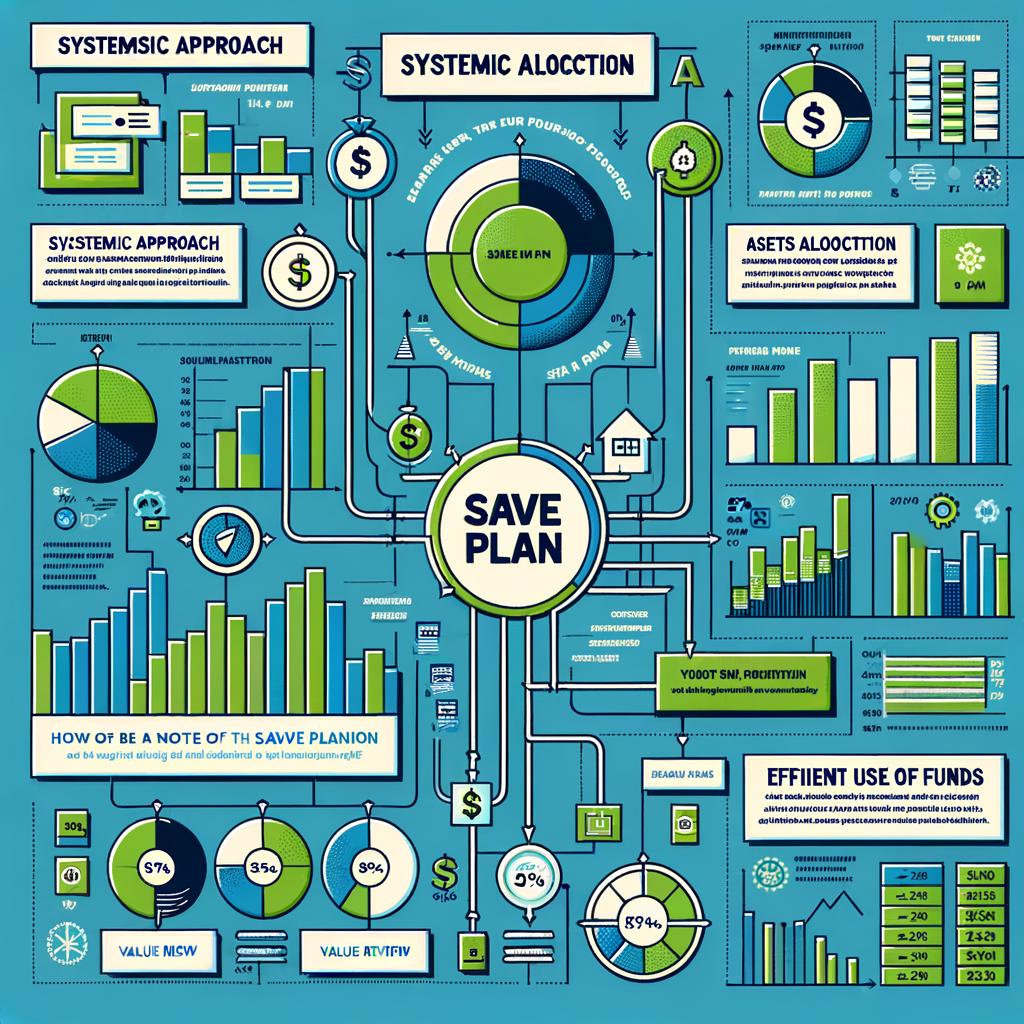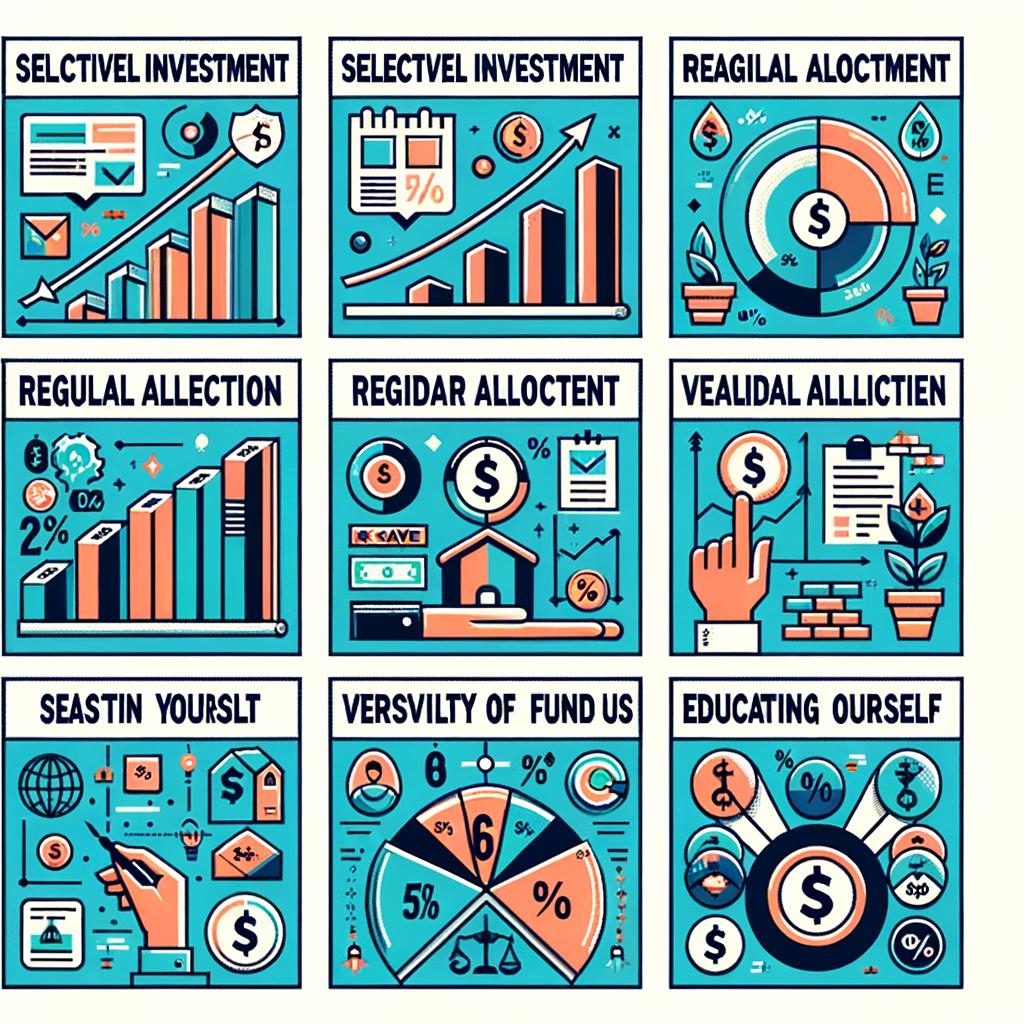In the labyrinth of student loan repayment options, a new pathway has emerged, promising a simpler journey towards financial liberation for millions of borrowers. Dubbed the SAVE Plan, this latest Income-Driven Repayment (IDR) scheme is slated to redefine the way graduates manage the looming cloud of educational debt. As intrigue and curiosity swirl around its potential impacts, it’s crucial to peel back the layers of this initiative and explore its core features. Join us as we decode the intricacies of the SAVE Plan, laying bare its framework, benefits, and the pivotal questions it raises about the future of student loan repayment in America.
Table of Contents
- Understanding the Fundamentals of SAVE Plan
- Eligibility Criteria for the New Income-Driven Repayment Option
- Maximizing Benefits Under the SAVE Plan: Practical Tips
- Wrapping Up

Understanding the Fundamentals of SAVE Plan
At its core, the SAVE Plan is designed to provide a manageable route for loan repayment based on your income, ensuring that federal student loan burdens do not overwhelm your financial circumstances. This new Income-Driven Repayment (IDR) option potentially marks a significant shift in how borrowers plan and manage their student loan repayments.
The principle behind the SAVE Plan is straightforward: to adjust your monthly payments according to your discretionary income. This means that your payments will reflect what you can realistically afford after accounting for your essential expenses. Unlike other plans which might not dynamically adjust to sudden economic shifts in a borrower’s life, SAVE is built to be responsive.
This flexibility is anchored in a formula that calculates payments as a percentage of your discretionary income, which is determined by subtracting 150% of the poverty line from your total income. The remaining amount is considered discretionary, and a portion of this—based on the SAVE Plan’s parameters—is what you’ll pay monthly.
Key components of the SAVE Plan include:
- Income Measurement: Your annual income and family size are reassessed each year to ensure that payment adjustments are timely and reflective of your current financial situation.
- Payment Cap: There is a maximum cap on monthly payments, ensuring that no borrower is pushed beyond reasonable financial limits.
- Forgiveness Opportunity: After a set period of making consistent payments under the SAVE Plan, you might be eligible for loan forgiveness, a critical threshold that can potentially relieve remaining debt.
For many, the attractiveness of the SAVE Plan lies in its promise to accommodate fluctuations in earnings without penalizing the borrower. For example, during periods of lower earnings, monthly payments will proportionately decrease, offering a financial breather.
However, it is crucial to understand eligibility criteria. Not all loans or borrowers may qualify for SAVE, often depending on specific loan types or when they were disbursed. Furthermore, there are documentation requirements to prove income and family size, necessitating thorough and timely submissions to avoid lapses in eligibility.
To illustrate the potential monthly payment differences under various plans, consider this table:
| Plan | Monthly Payment Estimate | Forgiveness Timeline |
|---|---|---|
| Standard 10-Year | $300 | N/A |
| REPAYE | $200 | 20 years |
| SAVE Plan | $150 | 20 years |
The above example simplifies the payment estimates for someone earning a moderate income, with other variable specifics kept constant. It clearly demonstrates how the SAVE Plan could potentially lower monthly obligations compared to other repayment arrangements.
it’s worth noting that transitioning to the SAVE Plan from another repayment plan could have implications for accrued interest and capitalization. Moving to SAVE may result in increasing the total cost of borrowing over time, if lower payments early in the repayment schedule mean interest accumulates unchecked.
Understanding the essentials of the SAVE Plan is crucial for making informed decisions about managing student loans. Whether this new IDR option suits your financial strategy depends on a myriad variety of personal factors, including income stability, family responsibilities, and future financial goals.

Eligibility Criteria for the New Income-Driven Repayment Option
Understanding who qualifies for the SAVE Plan is crucial for borrowers considering this new repayment scheme. This Income-Driven Repayment (IDR) option is structured specifically to offer relief to those with certain financial burdens. Here, we explore the qualifying conditions that potential applicants must meet to opt into this flexible and accommodating repayment plan.
Income Verification
To begin with, applicants must provide proof of income. The SAVE Plan is fundamentally aimed at helping those with modest earnings manage their loan repayments more efficiently. As part of the application process, documents such as tax returns or pay stubs may be required to establish current income levels and gauge payment adjustments.
Loan Type Consideration
Not all student loans qualify for the SAVE Plan. Primarily, federal student loans such as Direct Subsidized Loans, Direct Unsubsidized Loans, Direct PLUS Loans, and Direct Consolidation Loans are eligible. Private loans, however, are excluded from this program. Borrowers should review the categories of loans they hold to determine eligibility.
Repayment Status
Applicants must also be in good standing with their existing federal loan accounts. This means they cannot be in default. Ensuring a status of good standing proves to lenders that the borrower is responsible and observant of their financial commitments.
| Requirement | Details |
|---|---|
| Income proof | Tax returns, pay stubs |
| Eligible loans | Federal student loans only |
| Account status | Not in default |
Enrollment in Existing IDR Plans
If a borrower is already enrolled in an existing IDR plan, they might need to consider switching to the SAVE Plan. This decision should be informed by comparing the potential benefits of each plan based on the borrower’s specific financial circumstances.
Family Size Considerations
Family size plays a pivotal role in determining payment sizes under the SAVE Plan. The larger the family, typically, the lower the monthly payments. This adjustment is designed to acknowledge the financial responsibilities that come with a larger household and calibrate payments accordingly.
- Annual recertification of income and family size is required to adjust payments to suit changing financial situations.
- Failure to timely recertify can lead to payment recalculations that could be higher than expected.
By meeting the stated criteria, applicants can ensure a smoother transition into the SAVE Plan, leading to potentially lower monthly payments and a more tailored repayment experience. While this information provides a basis for understanding eligibility, prospective borrowers should consider consulting with a financial advisor to fully analyze their options and implications.

Maximizing Benefits Under the SAVE Plan: Practical Tips
Understanding the intricacies of the new Student Loan SAVE (Student Aid Valuation and Enrollment) Plan can feel overwhelming. Yet, with the right approach, borrowers can leverage this new income-driven repayment option to significantly reduce their monthly payments and maximize forgiveness benefits. Here are practical tips to help you navigate the SAVE Plan effectively:
1. Evaluate Your Eligibility: Before diving into the SAVE Plan, ensure you meet the eligibility criteria. The plan is particularly favorable for those with a high debt-to-income ratio. Assessing your gross income, family size, and federal student loan balance early helps in planning the necessary steps toward enrollment.
2. Understand the Payment Calculation: Payments under the SAVE Plan are based on your discretionary income. It’s crucial to understand how this figure is calculated to predict your monthly dues accurately. Generally, the calculation involves deducting 225% of the federal poverty guideline from your income, and your payment will be a percentage of what remains.
3. Gather Documentation: Staying prepared with all required documentation can streamline your application process. This typically includes your most recent tax returns, proof of income, and certification of your family size. These documents are vital for accurately determining your repayment schedule.
4. Utilize Repayment Estimators: Before committing to the SAVE Plan, use online loan repayment estimators to compare payments under different plans. This will clarify whether SAVE offers the best benefits for your situation or if another plan might be more suitable.
5. Consider Timing of Enrollment: Timing can be a key strategy in maximizing the benefits. For instance, enrolling shortly after a drop in income can help lock in a lower monthly payment for the year, subject to annual recertification.
6. Annual Recertification: Always remember the SAVE Plan requires annual income recertification. Mark your calendar to avoid missed deadlines, which could result in increased payments or loss of qualifying payments toward loan forgiveness.
7. Review Impact on Forgiveness: The SAVE Plan includes provisions for loan forgiveness after 20 or 25 years of qualifying payments, depending on your loan type. Consulting with a financial advisor can help you understand how these provisions apply to your specific situation.
Following these steps diligently will help maximize the benefits of the SAVE Plan, ensuring a manageable repayment path that leads toward eventual loan forgiveness. Stay proactive about managing your student loans, piece together a solid financial picture, and take full advantage of the smart tools and information available.
| Feature | Benefit |
|---|---|
| Discretionary Income Based Payments | Reduces monthly payments according to your income, making it more manageable. |
| Forgiveness After 20/25 Years | Remaining balance forgiven if all conditions are maintained during the term. |
Implementing these tips not only simplifies managing your student loans under the SAVE Plan but positions you toward achieving financial freedom more swiftly and efficiently.
Wrapping Up
As we close the chapter on our exploration of the SAVE Plan, it’s clear that this new income-driven repayment option could represent a turning point for many struggling with student loan debt. With its promise to make monthly payments more affordable and the path to debt forgiveness more accessible, the SAVE Plan is stepping onto the financial stage at a crucial time for borrowers nationwide.
Though the complexities of the plan might feel daunting, remember that understanding such financial instruments is a journey rather than a sprint. Each piece of information brings another dimension into focus, demystifying the layers or revealing another nuance of potential benefit or consideration.
The path of knowledge leads to informed choices, and your decisions today will sculpt your financial freedom tomorrow. So, keep questioning, keep analyzing, and let your insights guide you toward empowerment and peace of mind. As we adjust our lenses and watch how the SAVE Plan unfolds, let’s remain curious and vigilant, ready to adapt and optimize our strategies in this ever-evolving financial landscape.
